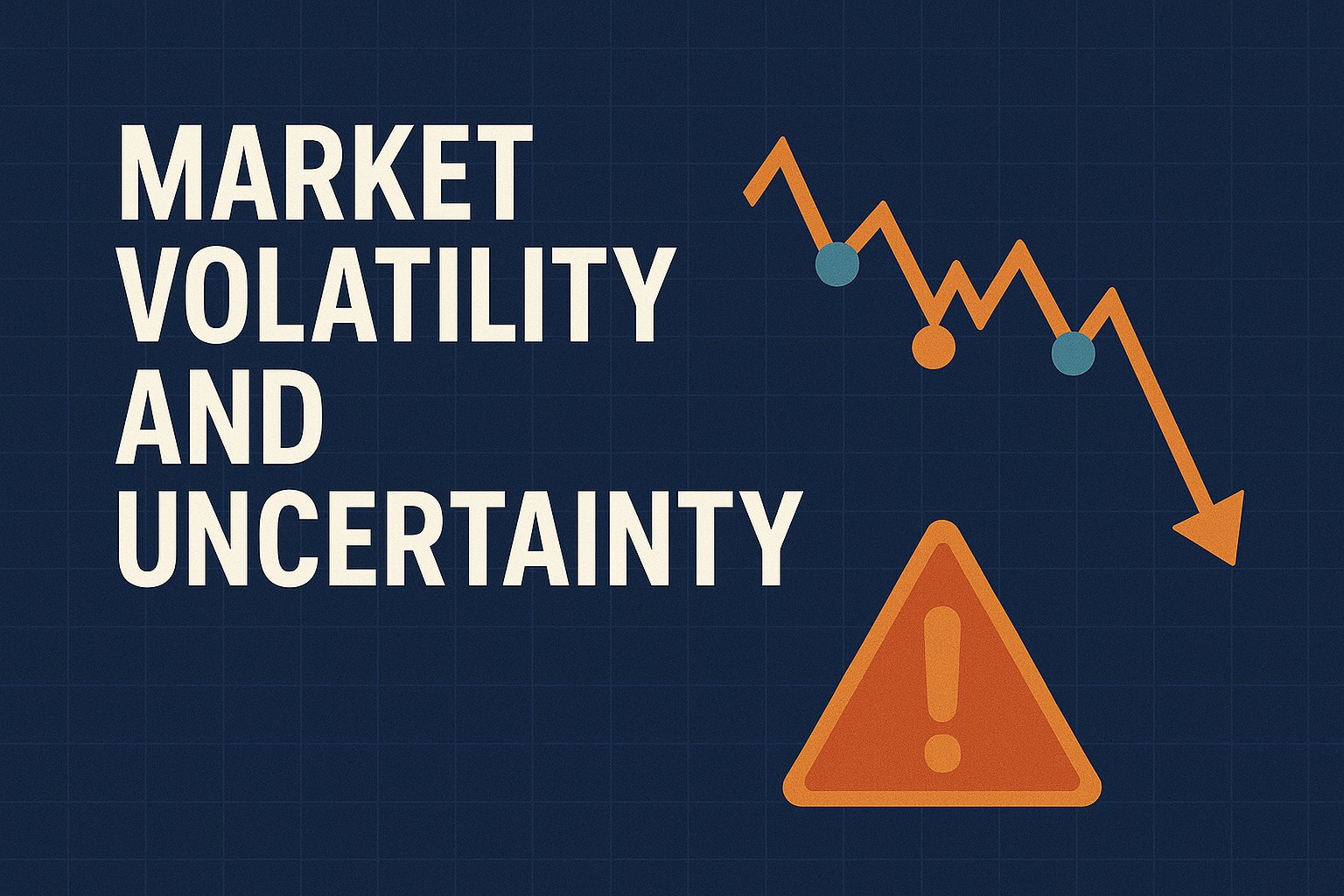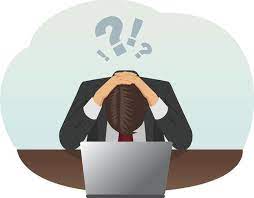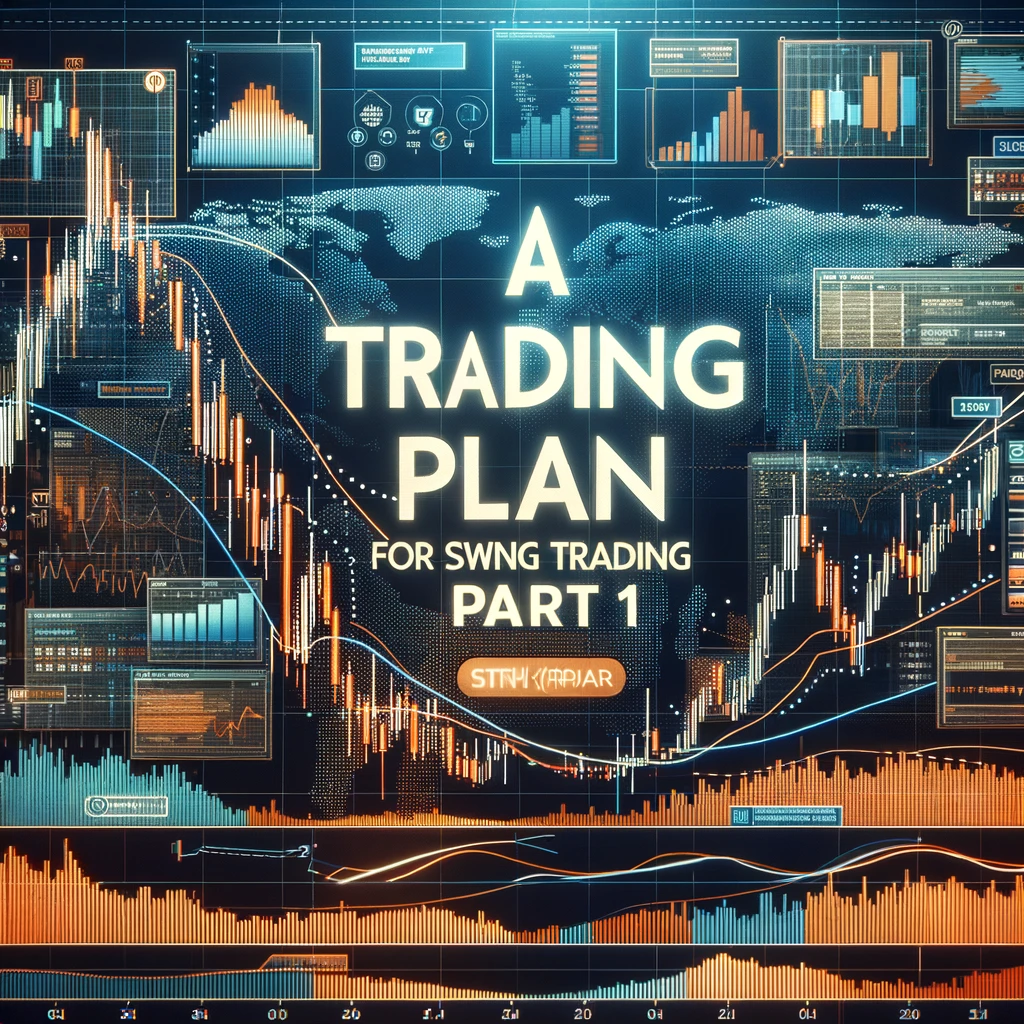Volatility is one of the most challenging aspects of trading. It can wipe out accounts in minutes or create massive opportunities—depending on how well you understand it. If you don’t know why the market swings the way it does, you’ll always feel like you’re reacting instead of being in control.
So, what drives these sudden price movements?
At its core, the market moves because of buying and selling pressure. But what causes that pressure to shift so aggressively?
- External Events: Earnings reports, economic data, central bank decisions, geopolitical tensions—these events change expectations in an instant.
- Liquidity Gaps: When there aren’t enough buyers or sellers at a certain price level, even a small order can create a sharp move. This is why thinly traded assets tend to be more volatile.
- Herd Psychology: When traders panic, they all rush to exit at once. When they get excited, they all chase price higher. Markets aren’t just moved by logic—they’re driven by emotion and crowd behavior.
Have you ever entered a trade, seen the market move against you in a way that seemed irrational, and then watched price return to where it started? That’s volatility shaking out weak hands before the real move happens.
How to Handle Market Volatility Without Letting It Control You
If volatility catches you off guard, it will force you into bad decisions—closing positions too early, widening stops, or chasing entries. But if you learn how volatility cycles work, you can use it to your advantage instead of fearing it.
- Recognize when volatility is expected—around news releases, market open, or key technical levels.
- Reduce position sizes in high-volatility conditions to manage risk.
- Use wider stop-losses strategically instead of getting stopped out by normal market fluctuations.
Volatility isn’t good or bad—it’s just part of the market. The key is understanding when it’s likely to increase and preparing for it.
Are you adjusting your trading approach based on market conditions, or are you treating every environment the same?
Once you accept that volatility is a normal and necessary part of trading, you stop fearing it—and start learning how to work with it.
If you don’t have a system to regulate your emotions during volatile moves, you risk making impulsive decisions that can wreck your account. The market doesn’t punish bad strategy as much as it punishes emotional trading.
So, how do you keep control when everything is moving fast?
Recognizing the Physical Signs of Emotional Overload
Before you can regulate emotions, you need to recognize when they’re taking over. Stress doesn’t just exist in your mind—it shows up in your body first.
- Do you feel your heart pounding when a trade starts moving quickly?
- Are your hands shaking slightly as you go to adjust your position?
- Do you find yourself clicking buttons too quickly, barely thinking through the decision?
These are all signs that your fight-or-flight response is activating. Your brain perceives the market shift as a threat, and it’s pushing you to act immediately. But most of the time, acting impulsively is exactly the wrong move.
The traders who stay calm under pressure aren’t naturally unemotional—they’ve just trained themselves to recognize when emotions are creeping in and use strategies to stay in control.
How to Adjust Your Trading Plan for Volatility
If you’re trading in high-volatility conditions, you need to modify your risk parameters to prevent unnecessary losses and give your trades enough room to breathe.
- Widen Your Stop-Loss Slightly: If the market is making bigger swings, a wider stop prevents you from getting shaken out before the trade has a chance to work. But don’t just widen stops without adjusting risk—balance it by lowering position size.
- Reduce Your Position Size: If price movements are twice as large as usual, your risk per trade is automatically higher. Trading smaller keeps your risk the same while allowing you to stay in the game longer.
- Be More Selective With Entries: In volatile conditions, waiting for confirmation becomes even more important. Entering too early can lead to unnecessary drawdowns, making it harder to stick to your plan.
By making these tactical adjustments, you reduce unnecessary losses and improve your ability to stay in profitable trades longer.
Are you willing to adapt, or are you letting rigid rules hold you back from improving your results?
When the market is moving fast, everything is amplified. Small miscalculations become big mistakes. Minor hesitations turn into missed opportunities. A trade that might normally take hours to develop now plays out in minutes.
If you’re not mentally prepared for these shifts, you’ll either:
- Get shaken out too early, thinking every pullback is a reversal.
- Overstay your welcome, expecting a move to go further than it realistically can.
- Overleverage yourself, thinking the increased movement means “easy money.”
Have you ever entered a trade in a volatile market, taken a small profit, and then watched it move five times further than you expected? Or held on too long, only to see it reverse and wipe out your gains?
This happens when you fail to adjust your expectations for how price behaves in different conditions.
Trading successfully isn’t about forcing the market to fit your plan—you can’t. It’s about adjusting your plan to fit the market. Now, let’s move into how to set realistic expectations for trading in high-volatility environments so you stay confident and disciplined.
For advanced concepts on the psychology of market trading, read the full book, Mastering the Trader Within: Trader Psychology: A Mindset for Success.
There, you’ll find more about:
- Cognitive bias
- Decision-making under pressure
- Brain chemistry
- Understanding emotions in trading
- Overcoming common psychological pitfalls
- Sustaining long-term performance
- How to work with market volatility
- Building a system
- And much more…
Whether you’re looking to make trading a career or just want to dabble, there’s a power to be understood in trading… and it lies with your personal psychology.





